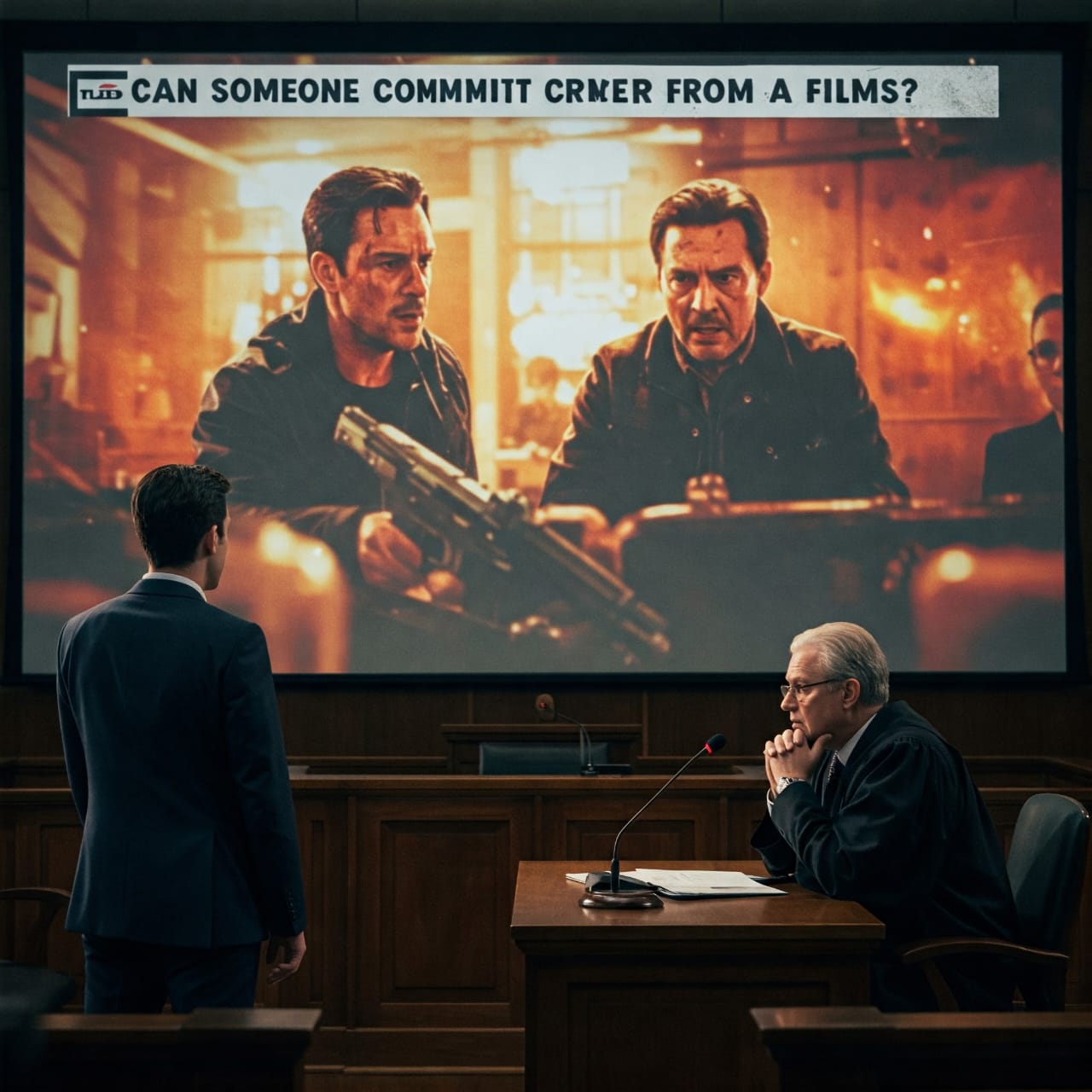The Kerala High Court has brought to the forefront an interesting issue concerning the depiction of violence in films and its possible effects on society against the backdrop of the confrontation between creative freedom and moral responsibility. It arose during the hearings of the Hema Committee Report, which covered issues of exploitation and harassment in the Malayalam film industry.
The Court’s Observations
This was reflected by a bench of Justice AK Jayasankaran Nambiar and Justice CS Sudha whose concerns were about adverse effects that could emanate from violence in almost all forms of visual media that include films. The court was to ask whether such portrayals really reflect the realities of society or glorify violence in a manner that ultimately influences audiences negatively.
Justice Nambiar said free speech was the fundamental right; it had to go hand in hand with public and constitutional morality. The court stressed on how that balance is arrived at through considering the dynamics of progressive change in societal and legal frameworks.
Context: The Hema Committee Report
It is on the above concern that the court made its remarks at a hearing related to the Hema Committee Report concerning horrors of systemic exploitation and harassment in Kerala’s film industry.
Thus, the report already took steps to establish a Special Investigation Team (SIT) to investigate several such allegations of sexual harassment. The HC, however, clarified that such victims do not have to go along with any investigation but have an absolute right not to pursue criminal prosecution if they so wish.
The report has raised its head for debates on more stringent mechanisms in the industry to comply with laws such as Sexual Harassment of Women at Workplace (Prevention, Prohibition, and Redressal) Act (POSH Act).
Violence in Films: Freedom vs. Responsibility
The court’s observations bring to the forefront a perennial debate on whether films are celebratory of violence or merely represent existing crude conditions within society. Filmmakers argue that what they show is still a reflection of reality and should not be censured, while for critics, coalition is excessive violence in the desensitization of audiences and, in doing so, probably displays or encourages behavior damage.
Arguments for Creative Freedom
- Artistic Expression: Filmmakers often cite violent content as a form of artistic expression enshrined under Article 19(1)(a) of the Indian Constitution.
- Reflection of Reality: Most of them tell that film is a reflection of society where the reality issues like crime and violence are showcased in the film.
Concerns Over Negative Influence
- Desensitization: Critics warn of perpetual exposure to violent imagines that he or she will become normalized aggressive.
- Glorification: There is worry that, to some extent, films glorified violent acts and portrayed it as heroic and justified.
Legal and Cultural Implications
Balancing Freedom and Regulation
The High Court’s remarks highlight the difficult balance between creative freedom and moral responsibility to society. While Article 19 guarantees freedom of expression, it is subject to reasonable restrictions under Article 19(2), including public order, morality, and other considerations.
Industry Accountability
The Malayalam film industry has been seeing the unsatisfactory light in which it treats issues of gender. The Hema Committee Report has brought out the reality of massive harassment and demand for better regulatory machineries. The High Court has insisted, in the past, on having Internal Complaints Committees (ICCs) under the POSH Act in the film production units.
Broader Societal Impact
Not only cinema but also goes with it, for example, OTT and videogames. Digital content day by day keeps growing in access space, which is complicated for the regulation of violent imagery at the same time keeping away creative strangulation.
Conclusion
These observations recorded by Kerala High Court once again ignite critical debates about cinema and its role in society. While filmmakers must free up their creative abilities, they need to understand, too, the stewardship of their space and the responsibilities that come along with it. Laws have to be transformed, redefined according to the shifting cultural sensibilities of society.
The ongoing discourse will place a significant spanner in the future of cinema per se between courts, creators, and audiences themselves.
About Author
Syeda Ayesha is a passionate 3rd year BBA LLB student at Sultan-Ul-Uloom College of Law in Hyderabad, with a special interest in criminal law and family law. She has built her academic journey on a solid foundation of legal principles, progressing from basic to advanced levels, and is eager to apply this knowledge in practice.
Determined to gain practical experience, she is committed to learning more about the law. Ayesha is excited about the opportunity to work in a dynamic legal environment, which she sees as a valuable avenue for both personal and professional growth.

